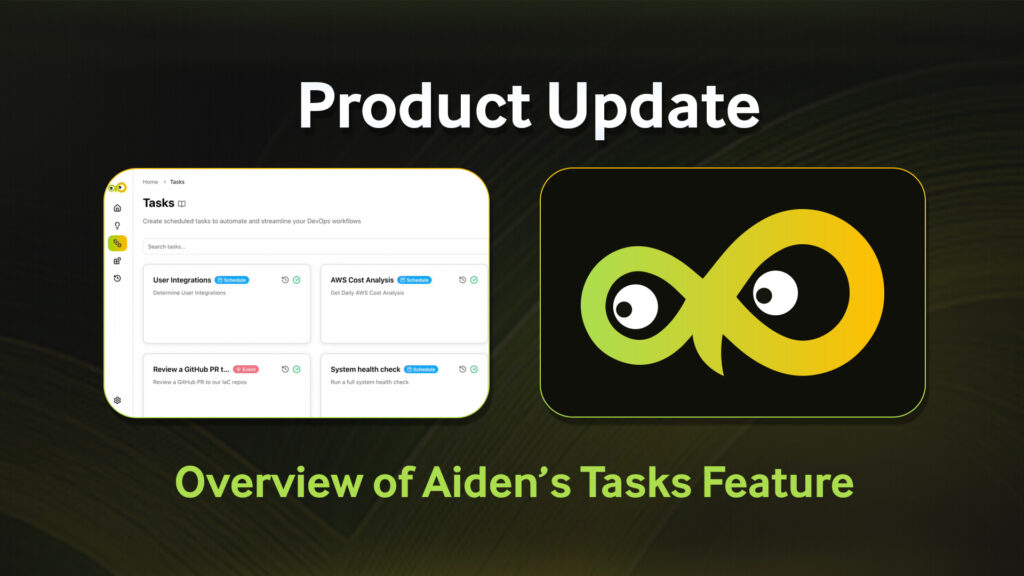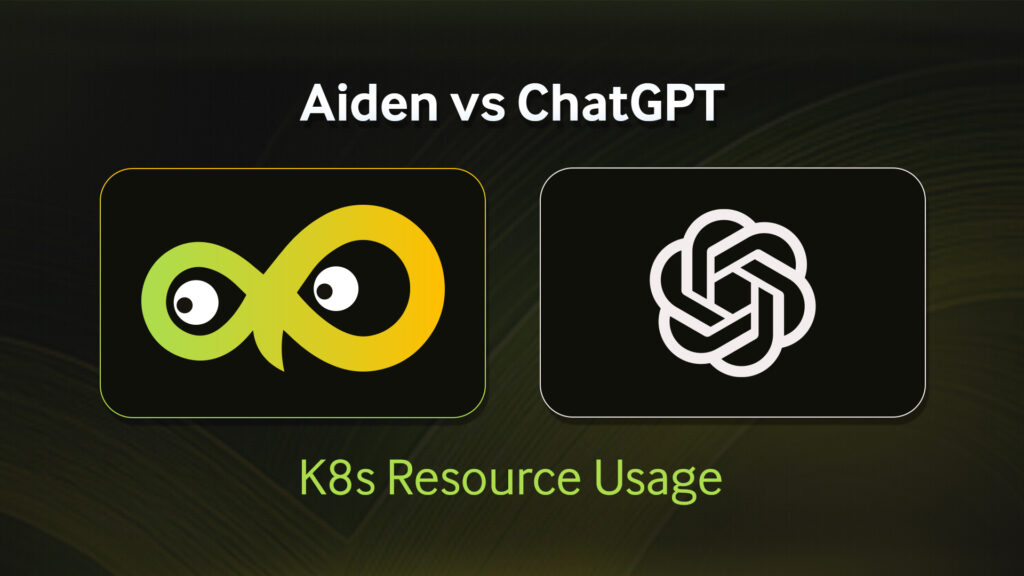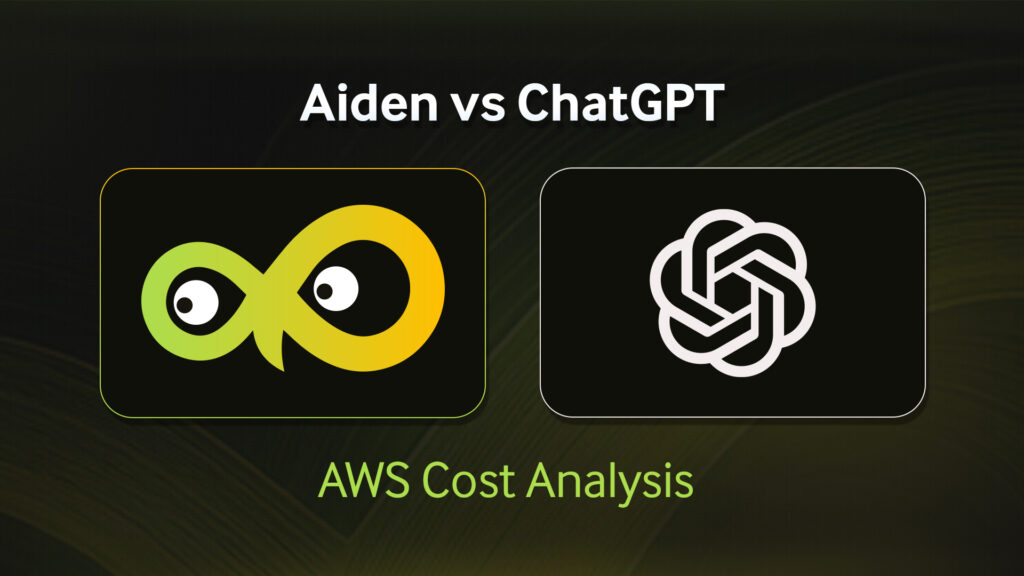Real User Monitoring (RUM) is a type of performance monitoring that involves tracking and analyzing user interactions with a website or web application in real-time. RUM provides valuable insights into how users experience a website or an application by collecting data directly from their browsers and devices during these interactions.
Unlike traditional performance monitoring methods that focus on server-side metrics, RUM provides real-time insights into actual user behaviors. By tracking key metrics such as page load times, session data, and user journeys, RUM enables organizations to understand the intricacies of how users engage with their digital assets.
Examples of Real User Monitoring
Here are some practical use cases for RUM:
E-commerce Performance Optimization
An online retailer can utilize RUM to monitor user interactions on its e-commerce platform. By tracking page load times, user journeys, and transaction processes, for example, the retailer can identify and address performance bottlenecks. This leads to faster page loads, improved checkout experiences, and increased customer satisfaction – ultimately boosting sales.
Software as a Service (SaaS) Applications
A SaaS provider may implement RUM to monitor how users interact with its cloud-based software. By analyzing feature usage, response times, and error rates, the provider also addresses key issues promptly, ensuring high levels of user satisfaction and retention.
Healthcare Appointment Scheduling
A healthcare provider may leverage RUM to monitor the user experience of patients who are scheduling appointments through its online portal. By keeping tabs on session data, page load times, and form submissions, optimizations to the scheduling process can be applied – reducing wait times and improving overall patient satisfaction in the process.
Financial Services Web Application
A financial institution can use RUM to monitor user interactions on its web application, including account access, transactions, and data retrieval. By identifying and resolving performance issues in real-time, the institution can ensure a secure and efficient online banking experience for its customers.
Key Metrics Tracked by Real User Monitoring Tools
RUM is an indispensable instrument for any organization striving to understand and enhance the user experience of its digital assets. By systematically tracking key metrics using specific RUM tools, organizations can gain comprehensive insights into user interactions and application performance. These metrics play a crucial role in identifying performance bottlenecks and guiding optimization efforts down the line.
User Session Tracking
User session tracking in RUM involves monitoring and recording the interactions and activities of a user during a single visit to a website or application. A user session begins when a user accesses the site or app and ends when there is a period of inactivity, or when the user leaves.
Tracking user sessions helps with recognizing sessions that lead to desired outcomes, such as conversions, purchases, or other key actions. Organizations can identify patterns and characteristics of successful interactions, allowing them to optimize the user experience to encourage similar behaviors.
Page Load Time Measurement
Measuring page load times is a critical aspect of assessing and optimizing the performance of a website or web application from the end-user perspective. It involves monitoring and analyzing the time it takes for a web page to fully load in a user’s browser.
The time it takes for a page to load significantly influences user satisfaction. Page load time measurement allows organizations to pinpoint and address elements that contribute to slow loading, ensuring a smoother and more enjoyable user experience.
Apdex Scoring
Apdex (Application Performance Index) scoring is a widely used metric in (RUM) to quantify user satisfaction based on response times. It provides a standardized approach to measuring and communicating the user experience by categorizing response times into three distinct levels: satisfactory, tolerable, and frustrating.
Establishing alert thresholds based on APDEX scores allows organizations to proactively address performance issues before they significantly impact user satisfaction.
HTTP Request Analysis
This involves monitoring and analyzing individual HTTP requests made by a user’s browser when loading a web page or interacting with a web application. HTTP (Hypertext Transfer Protocol) requests are fundamental to the functioning of the web, as they are responsible for fetching resources such as HTML files, images, stylesheets, scripts, and more. RUM tools track and analyze each HTTP request made by a user’s browser during the loading of a page. This provides a granular understanding of the performance of each element on a web page, helping identify specific bottlenecks or slow-loading resources.
Error Rate
Error rate, in the context of RUM, is the percentage of user interactions that encounter errors or issues when engaging with a website or web application. These errors can manifest as broken links, missing resources, script failures, or other unexpected issues that negatively impact the user experience. A high error rate can lead to frustration, increased bounce rates, and potential loss of business. Analyzing the error rate, in conjunction with other RUM metrics, provides insights into how errors influence user behavior. Understanding the correlation between error occurrences and user actions helps prioritize resolutions based on user impact.
Through continuous tracking of these key metrics, RUM enables organizations to standardize improvements based on their actual impact on users. RUM’s real-time capabilities help proactively identify and address important issues, ensuring that users encounter fewer errors while using faster, more responsive applications.
In conclusion, RUM emerges as a key component to elevate user experience. By capturing real-time data directly from users’ browsers and devices, RUM offers unparalleled insights into how users interact with websites and applications. Beyond the key metrics discussed in this blog, RUM offers a myriad of additional benefits that significantly contribute to the optimization of digital experiences. In our upcoming blog, we’ll delve into these advantages and explore the features that organizations should look for in their RUM tools to maximize their impact. Meanwhile, you can check out our blog on front-end monitoring tools – Exploring Open-Source Front-End Monitoring Tools: Enhancing Application Performance.











